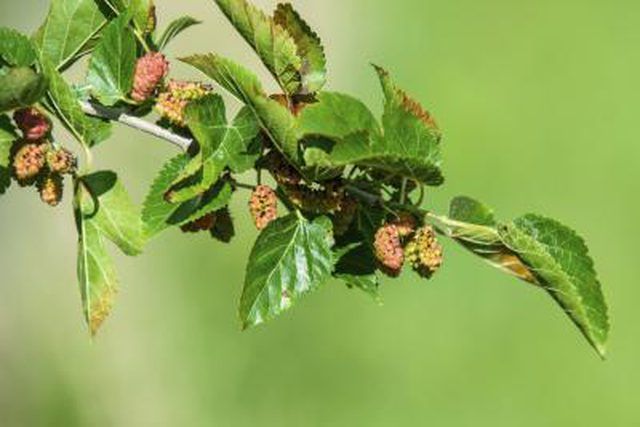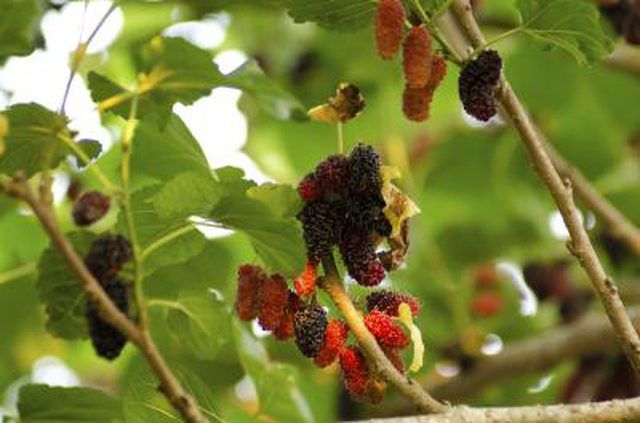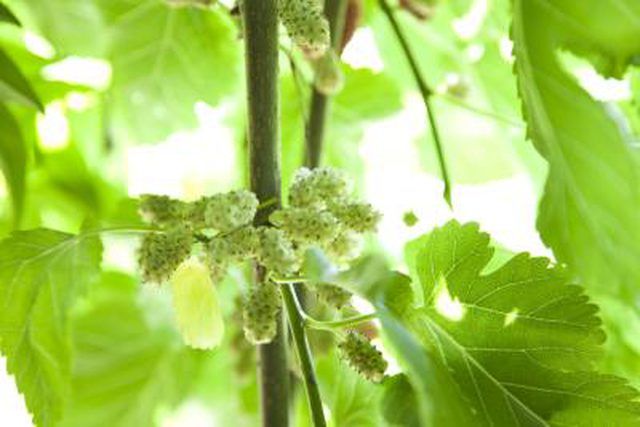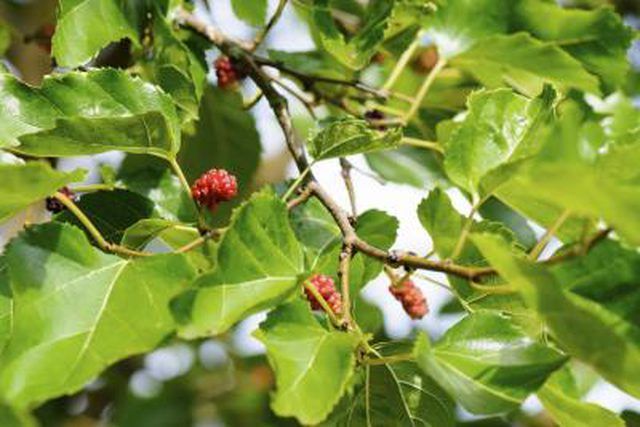Bulbs
Flower Basics
Flower Beds & Specialty Gardens
Flower Garden
Garden Furniture
Garden Gnomes
Garden Seeds
Garden Sheds
Garden Statues
Garden Tools & Supplies
Gardening Basics
Green & Organic
Groundcovers & Vines
Growing Annuals
Growing Basil
Growing Beans
Growing Berries
Growing Blueberries
Growing Cactus
Growing Corn
Growing Cotton
Growing Edibles
Growing Flowers
Growing Garlic
Growing Grapes
Growing Grass
Growing Herbs
Growing Jasmine
Growing Mint
Growing Mushrooms
Orchids
Growing Peanuts
Growing Perennials
Growing Plants
Growing Rosemary
Growing Roses
Growing Strawberries
Growing Sunflowers
Growing Thyme
Growing Tomatoes
Growing Tulips
Growing Vegetables
Herb Basics
Herb Garden
Indoor Growing
Landscaping Basics
Landscaping Patios
Landscaping Plants
Landscaping Shrubs
Landscaping Trees
Landscaping Walks & Pathways
Lawn Basics
Lawn Maintenance
Lawn Mowers
Lawn Ornaments
Lawn Planting
Lawn Tools
Outdoor Growing
Overall Landscape Planning
Pests, Weeds & Problems
Plant Basics
Rock Garden
Rose Garden
Shrubs
Soil
Specialty Gardens
Trees
Vegetable Garden
Yard Maintenance
How to Identify a Mulberry Tree Leaf
How to Identify a Mulberry Tree Leaf. The mulberry tree is a storied tree with a fascinating history. Chinese legend has it that the wife of an ancient emperor was the inventor of silk, and the silk cultivating process dates back between six and seven thousand years in China. Silkworms consume mulberry leaves, so as a result the mulberry tree...
The mulberry tree is a storied tree with a fascinating history. Chinese legend has it that the wife of an ancient emperor was the inventor of silk, and the silk cultivating process dates back between six and seven thousand years in China. Silkworms consume mulberry leaves, so as a result the mulberry tree became critical to Chinese economy and later to the production of silk around the world. You might encounter four types of mulberry trees: paper, red, white, and black mulberries. Each of these trees' leaves has telltale signs to help you identify it.

Step 1
Check for lobes and leaflets. Mulberry leaves are single, lobed leaves--they do not have secondary leaflets attached to the same stem ( called "compound" leaves), and they they have projections jutting out like a maple leaf instead of a smooth edge all the way around. If the leaf is lobed and not compound, it may be a mulberry.

Step 2
Make sure that the leaf in question is asymmetric. Mulberry leaves are rare in that they have lobes that are unbalanced, distributed unevenly around the leaf.

Step 3
Take a look at the leaf base, and feel the surface of the leaf. If the leaf is short and the base is heart-shaped, it is probably a black mulberry leaf. If the leaves have rounded teeth on the edges, it is either white or red mulberry; white mulberry leaves are glossy while red ones are less so. If the leaf is densely hairy, it comes from a paper mulberry tree.
